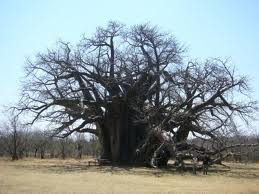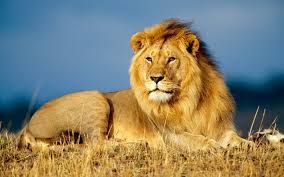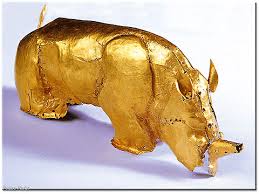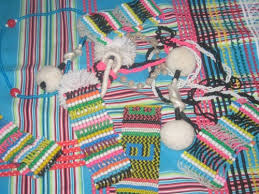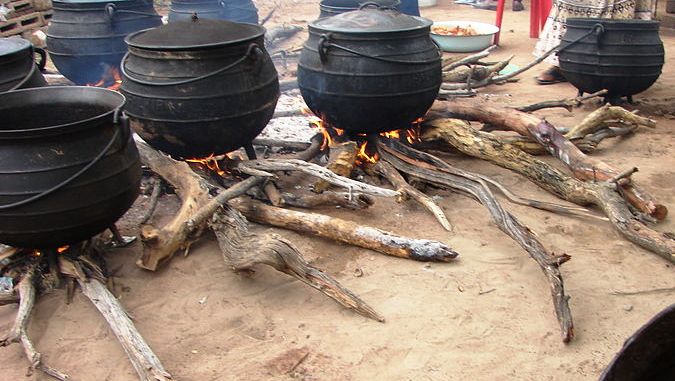Information
- Entertainment
- Game reserves
- Site Seeing
- Cultural Festivals
- Music Festivals
- Other Events
- Accomodation
- Hotels
- Lodges
- Restuarants
- Local Cusines
- Fast Food
- Beauty
- Beauty Spas
- Hair salons
- Tailors
- Transport
- Route info
- Long Distance Transport
- Short Distance Transport
About Venda
Venda is located between 22° 15" and 23° 45" S. and 29° 50" and 31° 30" E., with a height of 787 to 4,592 feet (240 to 1,400 meters) above sea level. The Soutpansberg mountain range stretches in an east-west direction for approximately 94 miles (150 kilometers), with the eastern half breaking up into three parallel ranges with fertile valleys between them.
The Venda traditionally occupy an area in and around the Soutpansberg Mountains in the northeastern section of South Africa's Limpopo's Province, close to the borders with Mozambique and Zimbabwe. The name Venda refers to both the people and the territory they inhabit. The eastern boundary of this region is formed by the Kruger National Park on the border of Mozambique. To the south is the Shangaan cultural group. The western boundaries are formed by agricultural farmlands and cattle ranches. To the north is the Limpopo River, the international boundary with Zimbabwe, where many Venda people live in the southern and central parts of that region.
History and Cultural Relations
The Venda are not a homogeneous ethnic group but consist of numerous clans that settled in the Soutpansberg area at various times over the last six hundred years. Oral traditions refer to numerous migrations, mainly of small clans or parts of clans whose names have counterparts among the Karanga. Three major migrations took place. Two of them (the Vhatavhatsinde and MaKkwinde groups) occurred early, and on entering the Soutpansberg area, the migrants found that it was occupied by people calling themselves VhaNgona. The third migration was that of the Singo clan, whose members became the unifiers and rulers of all the people living in and around the Soutpansberg area in approximately 1720. Many of the documented traditions relate to the customs and history of this clan, and it is only since 1985 that smaller clans have spoken openly about an alternative history.






